The iPhone XS & XS Max Review: Unveiling the Silicon Secrets
by Andrei Frumusanu on October 5, 2018 8:00 AM EST- Posted in
- Mobile
- Apple
- Smartphones
- iPhone XS
- iPhone XS Max
Camera - Low Light Evaluation
In low-light scenarios, we should see the new iPhone XS showcase significant improvements thanks to the 50% better light capture ability of the new sensor. Apple’s still only employing a f/1.8 aperture lens on the XS - so while it will improve over past phones, at least on paper it’s still at a disadvantage to say Samsung’s latest phones, which have an extra-wide f/1.5 aperture available to them.
[ iPhone XS ] - [ iPhone X ] - [ iPhone 7 ] - [ iPhone 6S ]
[ Galaxy Note9 ] - [ Galaxy S9+ ] - [ Galaxy S8 ]
[ LG G7 ] - [ LG G6 ] - [ LG V30 ] - [ OnePlus 6 ]
[ Mi MIX2S ] - [ Pixel 2XL ] - [ P20 Pro ]
In this first shot, we immediately see the new iPhone’s advantage over last year’s flagship. There is a lot more definition in the grass, less noise throughout the image, and less blown out lights in the scene.
Unfortunately, Apple is as expected still at a great disadvantage to Samsung here, as the latter is just able to give more light onto the whole scene, and the most evident, more colour to the grass. In terms of raw low light capture, the Huawei P20 Pro is still far ahead here, thanks to its massive sensor that is able to collect significantly more light.
[ iPhone XS ] - [ iPhone X ] - [ iPhone 7 ] - [ iPhone 6S ]
[ Galaxy Note9 ] - [ Galaxy S9+ ] - [ Galaxy S8 ]
[ LG G7 ] - [ LG G6 ] - [ LG V30 ] - [ OnePlus 6 ]
[ Mi MIX2S ] - [ Pixel 2XL ] - [ P20 Pro ]
At first glance, the iPhone XS didn’t shoot a much brighter picture than the iPhone X in this construction scene. Opening up the full resolution images however shows that the new XS showcases much better details and lower noise. It’s not enough to compete with the S9+, and certainly not with the insane ISO25600 shot of the P20 Pro.
It’s interesting to see the improvements over the years from the iPhone 6S on – which barely manages to capture anything in this scene.
[ iPhone XS ] - [ iPhone X ] - [ iPhone 7 ] - [ iPhone 6S ]
[ Galaxy Note9 ] - [ Galaxy S9+ ] - [ Galaxy S8 ]
[ LG G7 ] - [ LG G6 ] - [ LG V30 ] - [ OnePlus 6 ]
[ Mi MIX2S ] - [ Pixel 2XL ] - [ P20 Pro ]
The next shot is probably the only one that I found to be really problematic for Apple. Both on the iPhone X and the new XS, the resulting images weren’t consistent in consecutive shots. In four shots in a row, the iPhone XS kept changing the colour temperature. The same thing happened on the iPhone X, so I think this was part of Apple’s exposure / colour balance algorithm.
Colour balance aside, the exposure is similar between the X and the XS, and all the improvements of the new sensor go directly into improved detail and noise reduction throughout the scene, which is significantly better again compared to last year’s iPhone.
Here Apple is very close to Samsung, showcasing a bit better shadows, but still losing out in details in some parts of the scene. The P20 Pro is yet again the low-light kind here, as it just have that much more dynamic range work with.
[ iPhone XS ] - [ iPhone X ] - [ iPhone 7 ] - [ iPhone 6S ]
[ Galaxy Note9 ] - [ Galaxy S9+ ] - [ Galaxy S8 ]
[ LG G7 ] - [ LG G6 ] - [ LG V30 ] - [ OnePlus 6 ]
[ Mi MIX2S ] - [ Pixel 2XL ] - [ P20 Pro ]
Again, the iPhone’s new sensor comes into play in these concrete trucks. The XS makes very good dealing of the blown highlights present in the iPhone X shot. Samsung is able to produce more vibrancy in the blue of the trucks. Huawei’s multi-exposure computational photography night mode is the best of all phones here as it’s just able to bring out that much more from the shadows.
[ iPhone XS ] - [ iPhone X ] - [ iPhone 7 ] - [ iPhone 6S ]
[ Galaxy Note9 ] - [ Galaxy S9+ ] - [ Galaxy S8 ]
[ LG G7 ] - [ LG G6 ] - [ LG V30 ] - [ OnePlus 6 ]
[ Mi MIX2S ] - [ Pixel 2XL ] - [ P20 Pro ]
Apple's use of SmartHDR in this picture is extremely evident, as it really brings down the highlights of the lamp and brings out more shadows throughout the scene. The XS provides better detail, but it’s not as big of a difference as we’ve seen in other shots.
Apple’s usage of HDR here puts it ahead of the Samsung devices, trading blows with the P20 Pro, winning in some regards, while losing in others.
[ iPhone XS ] - [ iPhone X ] - [ iPhone 7 ] - [ iPhone 6S ]
[ Galaxy Note9 ] - [ Galaxy S9+ ] - [ Galaxy S8 ]
[ LG G7 ] - [ LG G6 ] - [ LG V30 ] - [ OnePlus 6 ]
[ Mi MIX2S ] - [ Pixel 2XL ] - [ P20 Pro ]
Finally, I wanted to test the iPhone XS to its limits and see what it can do in essentially impossible scenarios of low light.
Exposure-wise, the iPhone XS is no better than the X here. It provides better sharpness and less noise, however the image is still too dark to be of any use. I wish Apple would introduce a more innovative low light shooting mode, such as LG’s pixel binning mode. Huawei’s ISO51200 capture of this scene is just so beyond any other current phone, that it really raised the bar in what we’d normally expect to see in a smartphone.
Low-light conclusion
The new iPhone XS sensor is a great improvement to Apple’s lineup. Its advantages over the iPhone X are clearly evident in every single low-light shot, showcasing greater detail and sharpness while reducing noise. SmartHDR doesn’t seem to be something that’s solely for daylight shots, as Apple and the iPhone XS seem to make use of it in some low-light scenarios, giving the camera a further advantage over last year’s phones.
While Apple has showcased some really good progress, it’s can still lag behind low-light image quality of Samsung and Huawei’s P20 Pro. The former’s bigger aperture is just a sheer hardware advantage, while the latter enormous sensor makes use of innovative image processing to really raise the bar in terms of extreme low light photography. Here the iPhone XS is good; but it just can’t keep up.


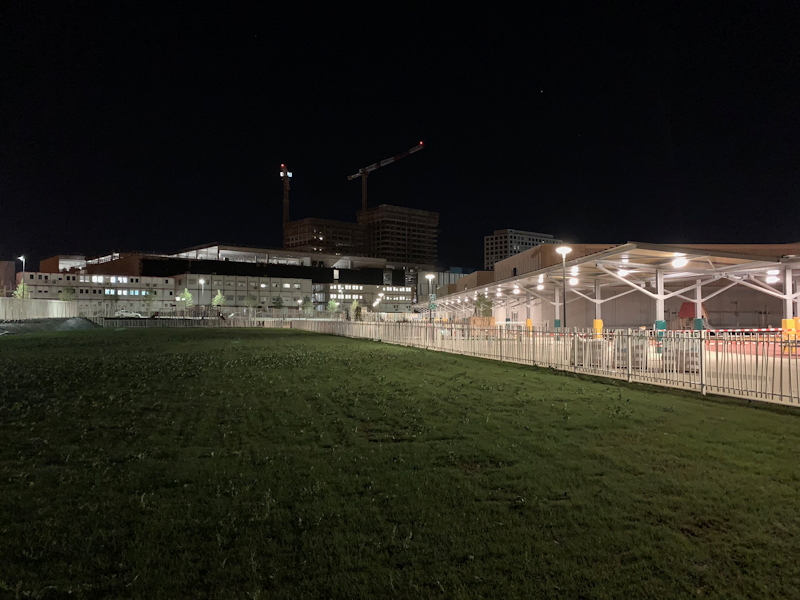
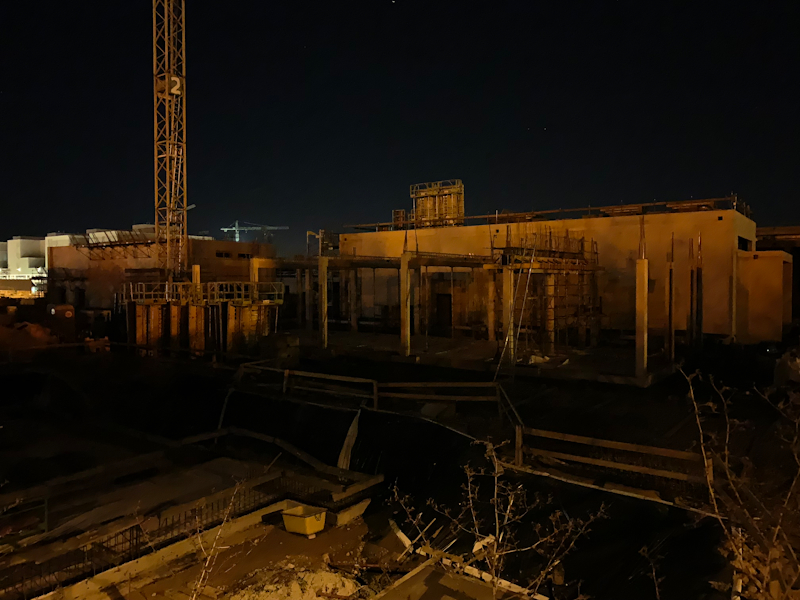
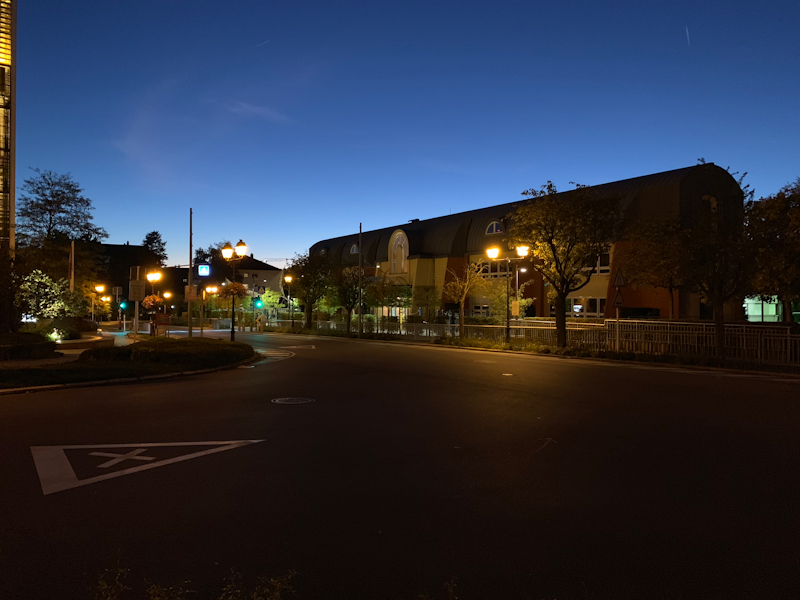
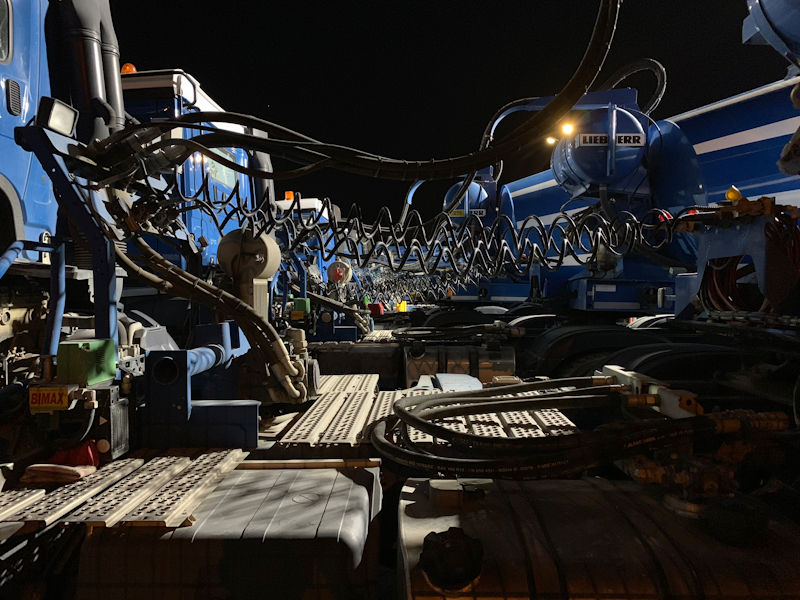
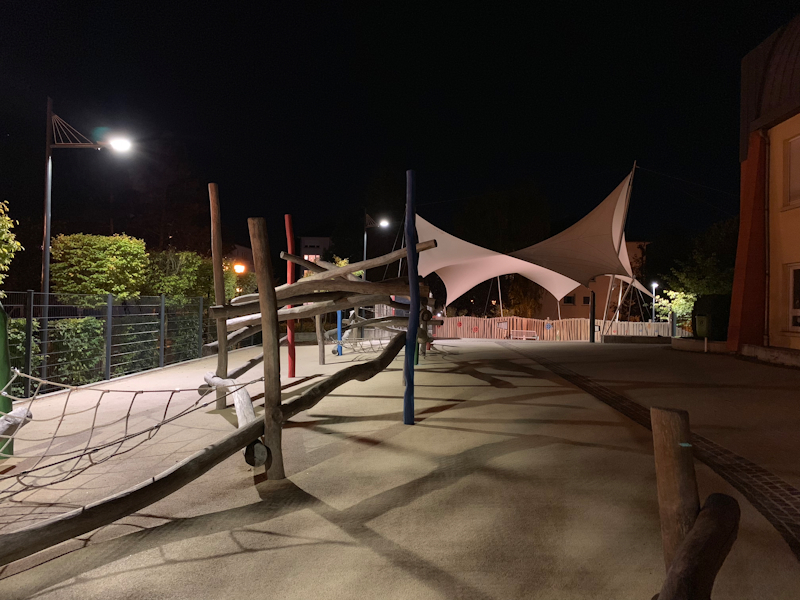
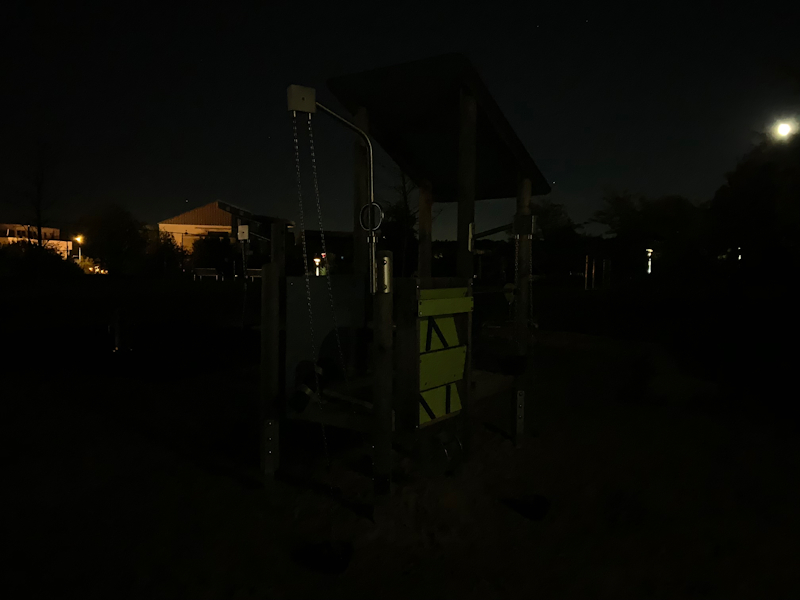








253 Comments
View All Comments
name99 - Friday, October 5, 2018 - link
"I do hope Samsung and Apple alike would be able to focus more on optimising this, as like we’re about to see, it will have an impact on battery life."Presumably Apple's longer term plan (next year?) is to move to the LTPO technology in the aWatch4 display?
https://appleinsider.com/articles/18/08/24/future-...
https://www.reddit.com/r/apple/comments/9ga4wa/dis...
This appears to be an Apple specific (ie non-Samsung) tech, though who knows exactly what the web of patents and manufacturing agreements ultimately specifies...
SanX - Friday, October 5, 2018 - link
Similar to mobile processors performance surpassing some desktop ones, the mobile devices image quality also surpassing 5-7 years old DSLR tech. Your photo test suite would be great if it adds the Still Life, Resolution and Portrait tests from the pro photo testing sites like Imaging-resource dot com. I'd just send the phones to these folks and they do their tests so we would see the progress in comparison with all cameras of all times and manufacturers. Right now only the fields tests of Anandtech look poor and are not enough to tell what is good and what is missing in the cameras. Due to the great progress, the time for such new deep testing of mobile devices came right now.Pneumothorax - Sunday, October 7, 2018 - link
No way my Xs Max is touching my 10 year old D700 with a cheap $100 50 1.8 lens in anything over base iso. The iPhone starts applying some serious noise reduction at higher ISO’s making it watercolor like. Even at base iso, the D700 has much better fine detail.Constructor - Sunday, October 7, 2018 - link
Not to dispute your fundamental point (bigger lenses and bigger sensors can't really be replaced), but there are several low-light photo apps for the iPhone which support much longer exposure than the standard one and this can of course help at least with static images when you've got a fixed position for the iPhone.yvn - Friday, October 5, 2018 - link
I was surprised you said excellent viewing angle, I disagree! If you tilt the screen just a little up or down, left or right, the color changes a lot, it becomes more blue as you tilt more and I couldn’t get used to this so I returned the phone, my iPhone 7 Plus had no such behavior.Notmyusualid - Friday, October 5, 2018 - link
So... dual-sim finally (only phone type I buy), 4x4 MIMO, 7nm, but still no Android?!?Would it KILL Apple to offer an Android version, I mean really, would it? Even Sony broke in the end...
Guess they don't need my money, but nice handset, if a bit pricey.
cfenton - Saturday, October 6, 2018 - link
I can't tell if this is a serious comment. Apple makes something like 85% of the profit in the mobile phone market. They have absolutely no reason to even consider putting out an Android phone.Speedfriend - Tuesday, October 9, 2018 - link
Oh, that rubbish stat again. That is only in the narrowly defined mobile market. Apple makes its own OS, designs many of its own chips and controllers, sells its own insurance, runs its own app store and its own retail shops. It has many more parts of the overall value chain. For an accurate comparison, we would need to include what Qualcomm and Samsung make from SOCs, what Samsung and LG make from screens, what Samsung makes from memory etc.varase - Tuesday, October 23, 2018 - link
What, you kidding?I'm sure one reason for the push into custom silicon was because it was one thing Android OEMs couldn't copy.
Hifihedgehog - Saturday, October 6, 2018 - link
I am a little confused here by your rather bold assertion of desktop-class performance. Correct me if I am wrong, but aren’t the test results here for SPECint2006 inclusive of all cores whereas the Intel processor’s score you linked to is for a single thread. If so, then comparing six cores versus a single thread in a multithreaded desktop CPU is not very fair or valid. Again, I could be totally wrong but I just wanted to point this out.